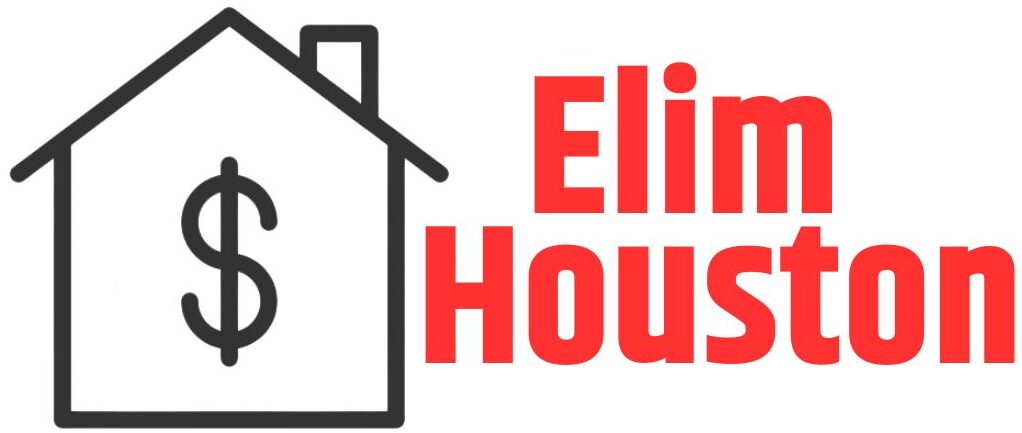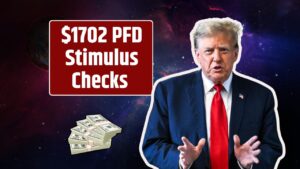As California continues to battle rising costs and economic challenges, a much-needed relief is arriving for many residents. The $700 stimulus checks under the Family and Workers Economic Stabilization Fund (FFESP) are part of the state’s efforts to provide direct financial assistance to those hit hardest by inflation, low wages, and the long-term impact of the COVID-19 pandemic.
If you’re a California resident wondering if you qualify—or how and when you’ll receive this payment—here’s what you need to know.
What Are the $700 Stimulus Checks
The $700 stimulus check is part of the second phase of California’s FFESP initiative, officially rolled out in April 2025. This round targets low-income residents and frontline workers who may have missed out on previous stimulus distributions.
Funded jointly by state and federal resources, the initiative is a strategic measure to stabilize the financial lives of residents affected by economic turbulence.
California’s $700 Stimulus Payout Overview
| Organization | Family and Workers Economic Stabilization Fund |
|---|---|
| Program Name | California Stimulus Checks |
| Country | USA |
| Amount | $700 |
| Tax Filing Deadline | June 15, 2025 |
| Target Groups | Essential workers, low-income earners |
| Benefit Type | Direct financial assistance |
| Official Website | https://ffesp.org/ |
Who Is Eligible for the $700 Stimulus?
To qualify for the payment, California residents must meet the following eligibility criteria:
- Residency: Must currently live in California.
- Age: Must be 18 years or older as of December 31, 2023.
- Income Thresholds:
- Single filers: Adjusted Gross Income (AGI) ≤ $45,000
- Joint filers: AGI ≤ $65,000
- Tax Return: Must have filed a 2023 California state tax return.
- Non-Recipients: Must not have received funds from the earlier round of the program.
- Job Priority: Preference given to those working in:
- Healthcare
- Transportation
- School food services
- Cleaning and maintenance
Why the $700 Stimulus Matters
While California’s economy shows signs of recovery, inflation and housing costs continue to burden millions. This stimulus check is not just a short-term fix—it’s a financial bridge for families and workers who are struggling to cover essentials.
Here’s how it helps:
- Covers everyday costs like food, rent, and transportation.
- Offers relief from inflation that’s disproportionately impacting low-wage earners.
- Targets those excluded from previous benefits.
- Reinforces state commitment to economic equity.
How Will You Receive the $700 Payment
The California Department of Finance has laid out clear payment options for eligible recipients.
1. Payment Methods
- Direct Deposit:
Sent to your bank account listed on your 2023 tax return. Expected to arrive within 7–10 business days after processing. - Mailed Check:
Sent to your address on file if no bank information is available.
2. Payment Timeline
- Disbursement Begins:
Third week of May 2025 - Automatic Distribution:
No application needed for those who filed taxes and meet criteria.
3. Important Deadlines
- Update bank/mailing details: By June 1, 2025
- File your 2023 tax return: No later than June 15, 2025
Latest Update on the $700 Stimulus Checks
The second round of FFESP checks is already in motion. If you meet the qualifications and have filed your 2023 state tax return, you should begin seeing payments in late May through mid-June. The program has emphasized automatic disbursement, but those who recently moved or haven’t updated their banking info should act fast.
You can track updates and verify information at https://ffesp.org.
For many Californians, this $700 check won’t solve every problem—but it can offer essential relief when it’s needed most. By ensuring eligibility and keeping information current, residents can take full advantage of this opportunity to ease their financial burdens.
Fact Check: $700 Stimulus Checks for California Residents
Let’s clear up some common misconceptions and verify key facts regarding the $700 stimulus checks:
| Claim | Fact |
|---|---|
| All Californians will receive the $700 stimulus check. | False. Only those who meet specific eligibility criteria will qualify. |
| You must apply separately to receive the payment. | False. Payments are automatic for eligible residents who filed their 2023 tax return. |
| The stimulus is only for COVID-19 relief. | Partially True. While COVID-19 hardship plays a role, the fund also addresses broader inflation-related challenges. |
| You must file your taxes by June 15, 2025, to qualify. | True. This is the final deadline for eligibility in this round. |
| You can get both the previous and current round payments. | False. This round is for individuals who did not receive the first FFESP stimulus. |
The $700 FFESP stimulus check is a targeted relief program—not a universal payout. Always refer to the official source, ffesp.org, for the most accurate and updated information.
With the second phase of California’s stimulus initiative now rolling out, residents facing financial hardships have a real opportunity to receive meaningful aid. Whether you’re an essential worker or a low-income earner, this $700 stimulus is a reminder of the state’s continued commitment to supporting vulnerable communities.
FAQs:
When will the $700 stimulus checks be sent out?
Disbursements started in May 2025 and will continue through June.
What if I didn’t receive the first stimulus payment?
This round is designed for those who missed the first payment cycle, so you’re likely eligible if you meet the other criteria.
Do I need to apply separately?
No separate application is required—just make sure you’ve filed your 2023 state tax return.




